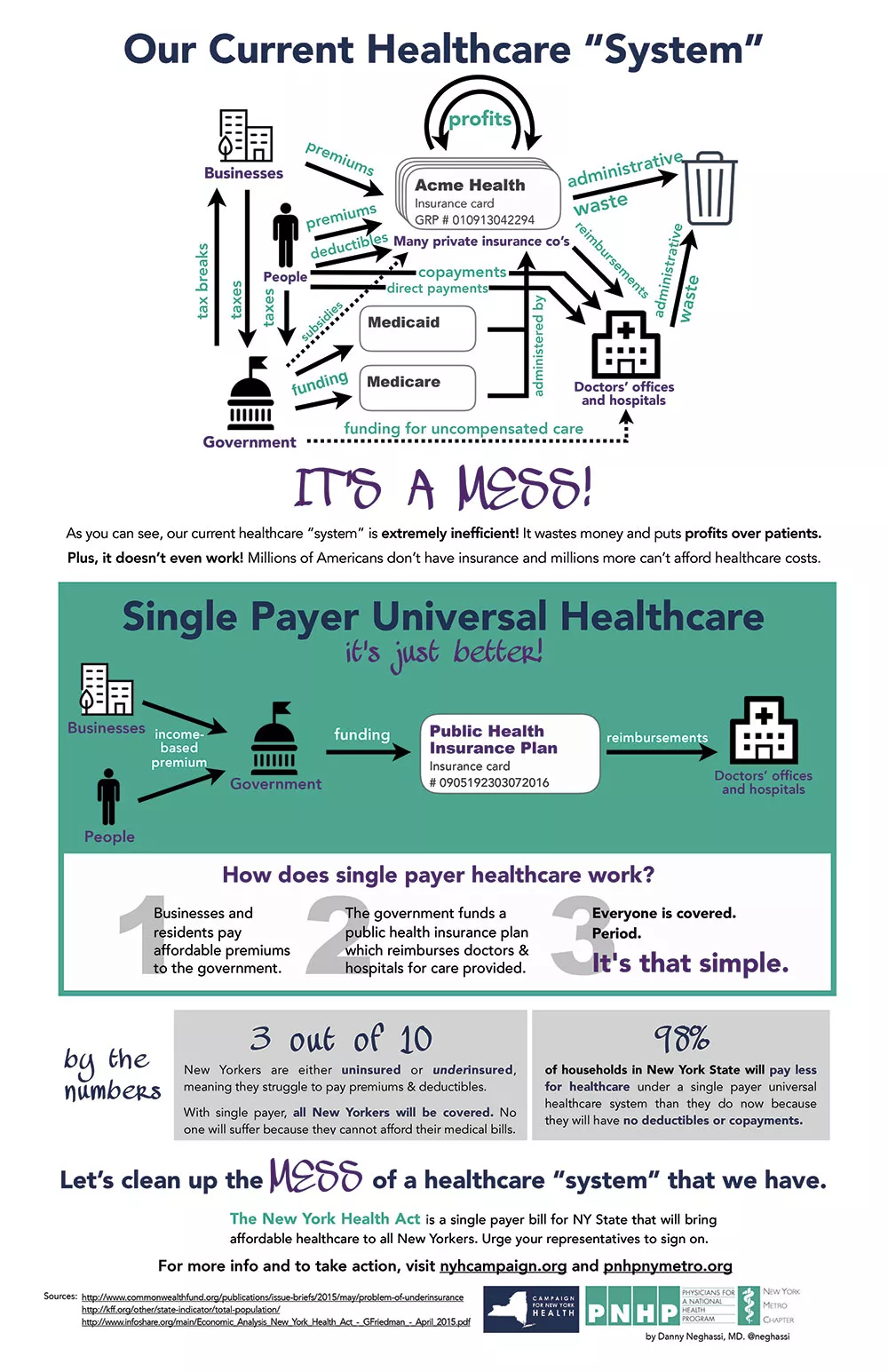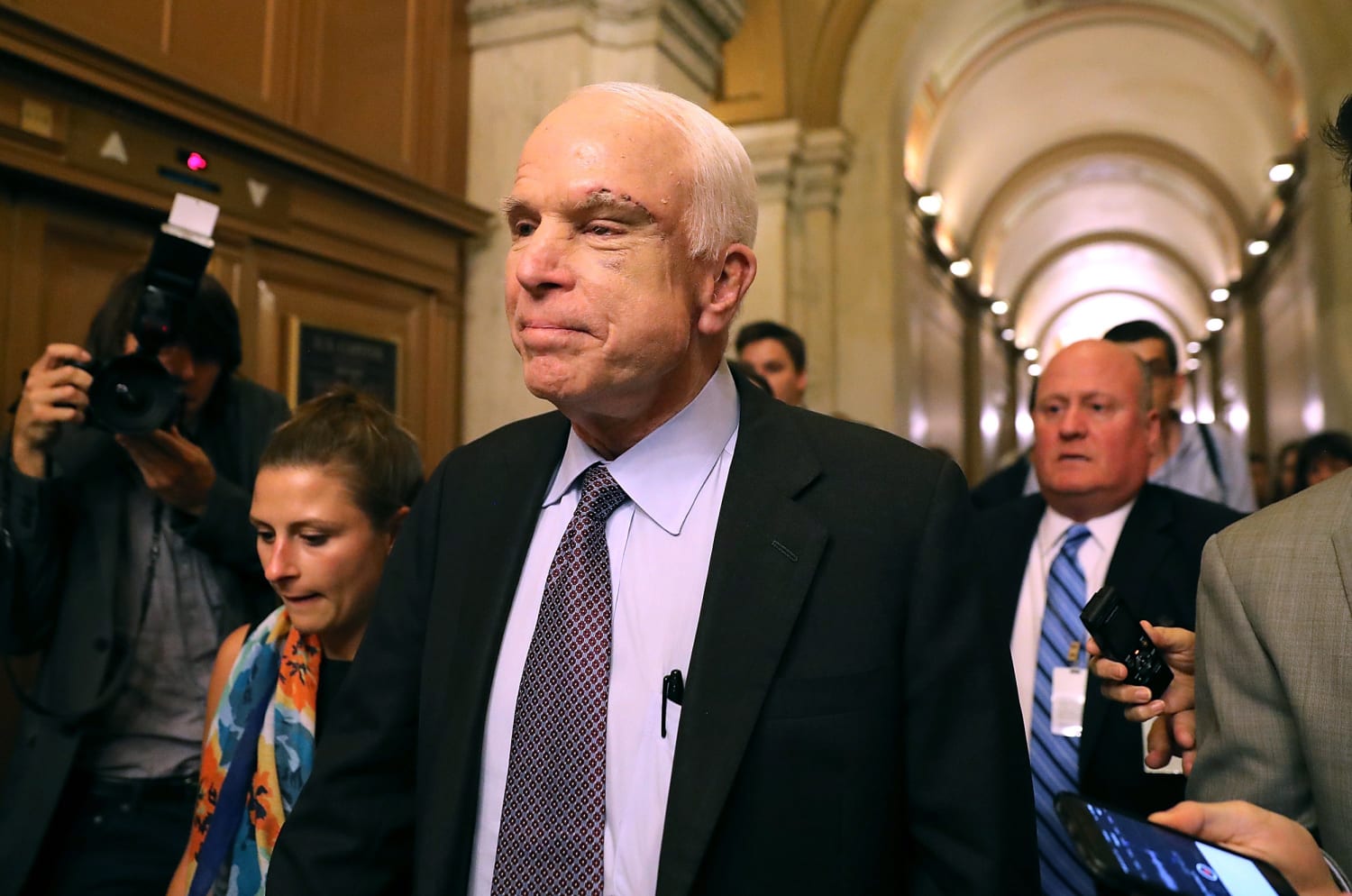The sickest 5% of the population develop 50% of total health care costs, while the healthiest 50% only produce 3% of costs. People have less monetary reward to stay healthy: Without a copay, individuals might overuse emergency rooms and doctors. There are long wait times for elective procedures: The government concentrates on offering standard and emergency health care.
Health care costs. For example, some Canadian provinces invest nearly 40% of their spending plans on healthcare. with a low possibility of success. This consists of drugs for unusual conditions and pricey end-of-life care. In the United States, look after patients in the last 6 years of life makes up one-fourth of the Medicare budget plan.
Standardizes service. Produces a much healthier labor force. Prevents future social costs. Guides people to make much healthier choices. Drawbacks Healthy individuals pay for the sickest. People have less monetary incentive to stay healthy. Long haul times. Medical professionals may cut care to lower costs. Healthcare costs overwhelm federal government spending plans. The federal government might limit services that have a low possibility of success There are three universal health care models.
Countries often integrate universal health coverage with other systems to present competition. These alternatives can lower costs, broaden choice, or enhance care. Citizens can likewise go with much better services with additional private insurance coverage. The United States offers various models for populations such as the senior, veterans, and low-income people. In a single-payer system, the federal government supplies totally free health care spent for with revenue from income taxes.
Every citizen has the exact same access to care. This is called the Beveridge Design. When governments supply healthcare, they work to ensure physicians and hospitals supply quality care at an affordable expense. They need to gather and evaluate data. They can likewise use their buying power to influence health care service providers.
The Buzz on What Would Single Payer Health Care Cost

Other nations consist of Spain, New Zealand, and Cuba. The United States uses it to veterans and military personnel with the Department of Veterans Affairs and the armed forces. Countries that utilize a social health insurance coverage design requires everybody to buy insurance coverage, usually through their companies. The taxes enter into a government-run health insurance fund that covers everyone.
The federal government manages health insurance coverage rates. It also has a great deal of clout to manage the private-providers' costs. Germany established this system. France, Belgium, the Netherlands, Japan and Switzerland likewise utilize it. The U.S. Obamacare system likewise needs insurance coverage, however there are many exemptions. It is also comparable in that it provides aids to health insurance companies for low-income enrollees.
Every citizen pays into the nationwide insurance plan. Administrative expenses are lower since there is one insurance coverage company. The government has a lot of leverage to force medical costs down. Canada, Taiwan, and South Korea use this design. Alcohol Abuse Treatment The U.S. Medicare, Medicaid, and TRICARE systems also use this model Australia has a blended health insurance.
Everyone gets protection. Individuals need to pay deductibles prior to federal government payments begin. Many homeowners want to spend for additional personal medical insurance to receive a greater quality of care. Government guidelines secure senior citizens, the bad, children, and rural homeowners. In 2018, health care cost 9. 3% of Australia's gross domestic product.
The per capita cost was US$ 5,005, about average for industrialized countries. There were 42. 6% of clients who reported a wait time of more than four weeks to see an expert. Australia had among the very best baby death rates of the compared countries at 3. 1%. Canada has a nationwide health insurance coverage system.
The Basic Principles Of How Much Is Health Care Per Month
Personal supplemental insurance coverage pays for vision, oral care, and prescription drugs. Medical facilities are openly moneyed. They provide totally free care to all homeowners despite their capability to pay. The government keeps hospitals on a fixed budget to control costs, but reimburses physicians at a fee-for-service rate. In 2018, healthcare expense 10.
The expense per person was US$ 4,974. A whopping 62. 8% of clients waited more than four weeks to see a professional. The infant mortality rate was 4. 3%, amongst the countries compared. France has a social health insurance coverage system that offers care to all legal locals. That consists of hospitals, medical professionals, drugs, and some oral and vision care.
Of that, payroll taxes fund 64%, income taxes spend for 16%, and 12% is from tobacco and alcohol taxes. In 2018, health care expense 11. 2% of GDP. That was US$ 4,965 per individual. Half of all patients reported a wait time of more than 4 weeks to see an expert.
4%. These stats are all in the middle of the pack for industrialized countries - how many jobs are available in health care. Germany has a social health insurance program. Everyone needs to have public health insurance, however those above a specific income can choose private insurance instead. The state-sponsored insurance coverage covers hospitalization, except for meals and accommodation. It likewise covers rehabilitation for health center stays, mental health, and addiction.
Funding comes from payroll taxes. In 2018, health care expense 11. 2% of GDP. It averaged US$ 5,986 per individual. Both figures are about average. Just 28. 1% of clients reported a wait time of more than 4 weeks to see an expert. That is among the most affordable of the developed nations.
How Does Health Care Policy-making Operate In The United States? Can Be Fun For Anyone
The baby death rate was 3. 1%. The nation has a social medical insurance system for all citizens. what does cms stand for in health care. Coverage is supplied by competing personal https://player.fm/series/addiction-is-a-disease-transformations-treatment-center/addiction-treatment-in-the-pompano-beach-area-a-simple-guide insurer. Residents pay premiums approximately 8% of their earnings. The government reimburses them for any greater expenses. People can purchase additional insurance to access much better healthcare facilities, medical professionals, and facilities.
2% of GDP. It was USD $7,317 per person. Just 27. 3% of patients reported a wait time of more than 4 weeks to see a specialist. The infant mortality rate was 3. 7%. The UK has single-payer healthcare that covers all residents. Visitors get take care of emergency situations and transmittable illness.
The federal government pays 80% of expenses through earnings and payroll taxes. The rest is paid from copayments and people paying out-of-pocket for NHS services. It spends for all treatment, consisting of some oral and eye care, hospice care, and some long-lasting care. There are some copays for drugs. In 2015, 10.
homeowners had private insurance coverage for elective medical procedures. In 2018, health care expenses were 9. 8% of GDP. The expense was US $4,069 per person. But 46. 4% of clients reported a wait time of more than 4 weeks to see a professional. The baby death rate was 3. 6%.
As an outcome, 67. 2% of Americans have private health insurance, primarily from their employers. The federal government subsidizes personal medical insurance through Obamacare. Another 37. 7% of Americans have government coverage. These consist of Medicaid, Medicare, Kid's Medical insurance Program, and military coverage including the Veterans Administration. Just 8. 5% had no protection at all.

The 7-Second Trick For Which Of The Following Is Not A Result Of The Commodification Of Health Care?
Many democratic prospects promote universal health care under the title "Medicare for All." In 2018, health care cost 16. 9% of GDP. That was a staggering US$ 10,586 per person. About 28% of patients reported a wait time of more than 4 weeks to see a professional. That's about the very same as Germany and Switzerland.